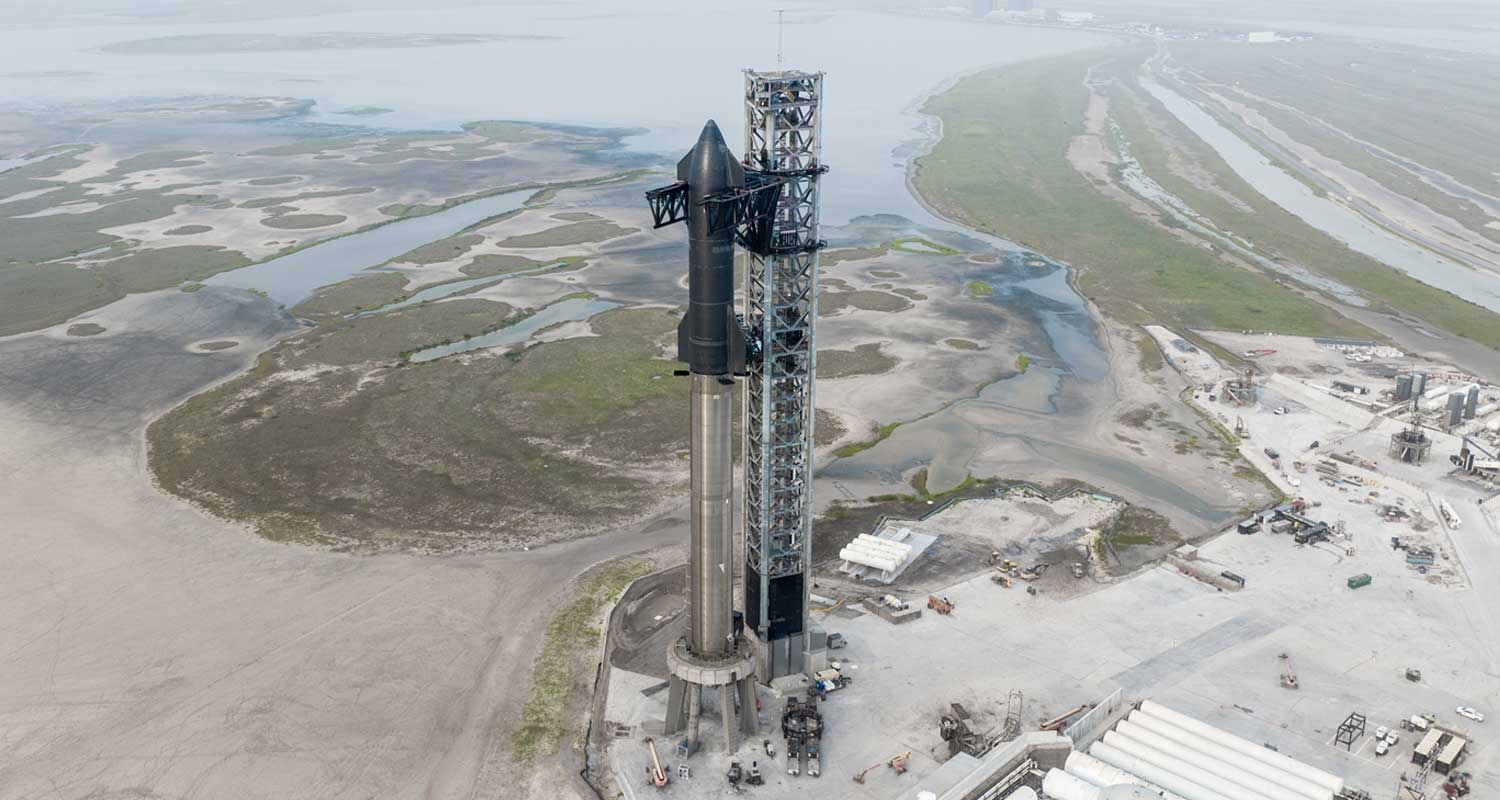 SpaceX called off the highly anticipated debut launch of its newly combined Starship cruise vessel and Super Heavy rocket in the final minutes of countdown due to a frozen valve, delaying the uncrewed test flight for at least two days.
SpaceX called off the highly anticipated debut launch of its newly combined Starship cruise vessel and Super Heavy rocket in the final minutes of countdown due to a frozen valve, delaying the uncrewed test flight for at least two days.
The two-stage rocketship, standing taller than the Statue of Liberty at 120m high, was originally slated for blast-off from the SpaceX “Starbase” facility at Boca Chica, Texas, during a two-hour launch window that began at 8am US Eastern (2pm SAST).
But the California-based space company announced in a live webcast that it was scrubbing the planned 90-minute flight into space for a minimum of 48 hours, citing a frozen pressurisation valve in the lower-stage rocket booster. That would make Wednesday the next available launch window for the mission.
SpaceX officials on the webcast said ground teams would nevertheless continue pre-flight fuelling of the rocket until the last seconds of Monday’s countdown, turning the cancelled launch bid into a “wet dress rehearsal” for the next attempt.
Elon Musk, the company’s billionaire founder and CEO, had told a private Twitter audience on Sunday night that the mission stood a better chance of being scrubbed than proceeding to launch on Monday.
Getting the vehicle to space for the first time would represent a key milestone in SpaceX’s ambition of sending humans back to the moon and ultimately to Mars — at least initially as part of Nasa’s newly inaugurated human spaceflight program, Artemis.
A successful debut flight would also instantly rank the Starship system as the most powerful launch vehicle on Earth.
Reusable
Both the lower-stage Super Heavy booster and the upper-stage Starship cruise vessel it would carry to space are designed as reusable components, capable of flying back to Earth for soft landings — a manoeuvre that has become routine for SpaceX’s smaller Falcon 9 rocket.
But neither stage would be recovered for the expendable first test flight to space. Instead, both parts of the spacecraft would end their inaugural flight with crash landings at sea — the upper-stage of the Starship coming down in the Pacific after achieving nearly one full orbit of the Earth.
As designed, the Starship rocket is nearly two times more powerful than Nasa’s own Space Launch System (SLS), which made its debut uncrewed flight to orbit in November, sending a Nasa cruise vessel called Orion on a 10-day voyage around the moon and back. — Joe Skipper and Joey Roulette, with Steve Gorman, (c) 2023 Reuters




